When we think about sewing, we often envision a needle and thread. However, the art of sewing requires so much more than that. In order to create beautiful, functional garments or pieces, a seamstress or tailor needs a variety of sewing tools at their disposal. From measuring to cutting to stitching, each tool serves a specific purpose and contributes to the overall success of the project.
Let’s take a closer look at some of the essential sewing tools and their background.
1. Measuring Tools
One of the fundamental steps in sewing is accurate measurements. Whether it’s taking body measurements for a custom fit or measuring fabric for cutting, having the right tools is crucial. The most common measuring tools used in sewing are measuring tapes and rulers.

Measuring tapes have been around for centuries, with evidence of them being used in ancient Egypt. They are typically made of flexible, durable material like cloth, plastic, or fiberglass. The standard length of a measuring tape is 60 inches, but longer versions are available for larger projects. The highlighted side of the tape, typically in inches and centimeters, makes it easy to read and get precise measurements.

Rulers, on the other hand, have been used for measuring since the ancient Roman days. They are typically made of wood, plastic, or metal and are used for shorter measurements. Sewing rulers are marked in inches and centimeters, and some even have special markings for seam allowances and curves.
2. Cutting Tools
Once the fabric is measured, the next step is to cut it to the desired size and shape. Scissors and rotary cutters are the main tools used for cutting in sewing.

The history of scissors dates back to ancient Egypt, where they were used for cutting papyrus. Today, scissors used in sewing are typically made of stainless steel with sharp, pointed blades for precise cutting. They come in various sizes, with smaller ones used for snipping threads and larger ones for cutting fabric.

The rotary cutter was invented in 1979 and revolutionized cutting in the sewing world. It looks like a pizza cutter and has a sharp, circular blade for effortless cutting through layers of fabric. This tool is especially useful for quilters who need to cut multiple pieces of fabric simultaneously.
3. Sewing Machine
While hand-sewing is still commonly used, the invention of the sewing machine has made sewing faster and more efficient. The first successful sewing machine was invented in 1790, but it wasn’t until the 1850s that practical and reliable machines were developed for domestic use.

Today, sewing machines come in various shapes, sizes, and functionalities. They range from basic models with just a straight stitch to more advanced ones with multiple stitch options, buttonhole makers, and automatic threading.
4. Other Sewing Tools
In addition to the essential tools mentioned above, there is a wide range of other sewing tools that are helpful in various stages of the sewing process. Some of these include fabric markers, pins, needles, thimbles, and ironing tools.
Fabric markers are used to mark pattern lines and seam allowances on fabric. Pins hold fabric pieces together while sewing, and needles are used to hand-stitch or operate a sewing machine. Thimbles protect the fingers when pushing needles through thick fabric. And finally, ironing tools, such as ironing boards and irons, are used to press fabric and create crisp, clean edges.
In Conclusion
Sewing tools have evolved over centuries to become the essential items we use in the craft today. From humble beginnings to modern innovations, these tools have stood the test of time and continue to aid in the creation of beautiful, functional garments and pieces. So, the next time you pick up a needle and thread, take a moment to appreciate the background and evolution of the sewing tools that make it all possible.
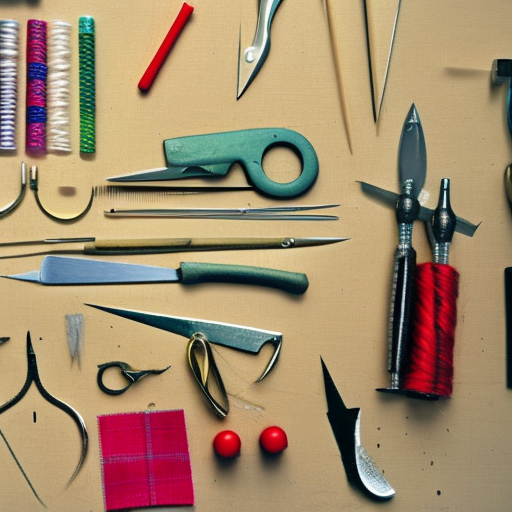
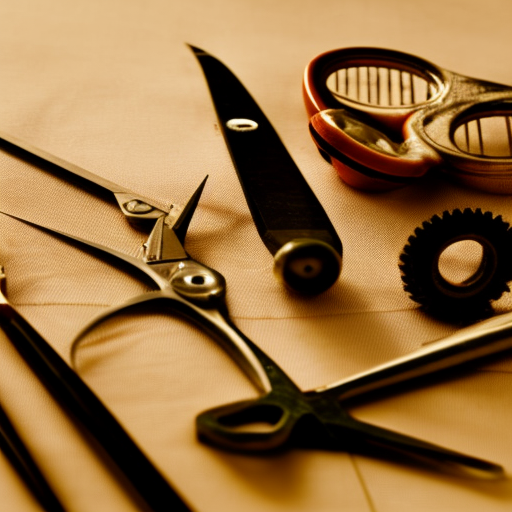
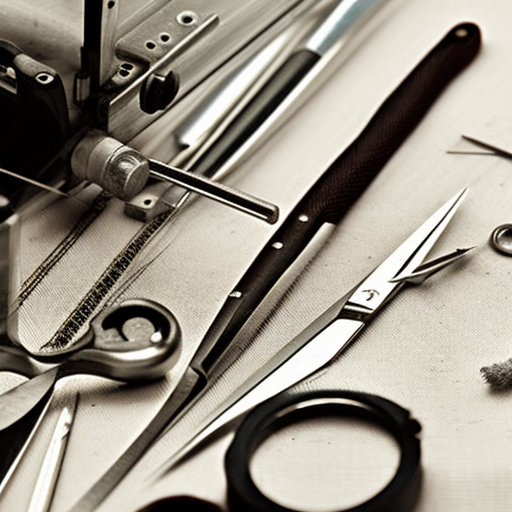
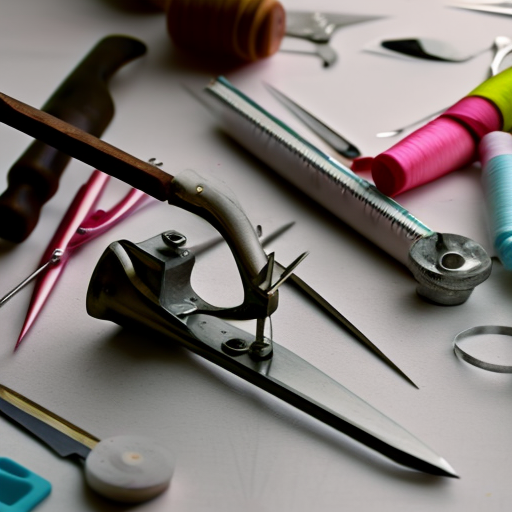
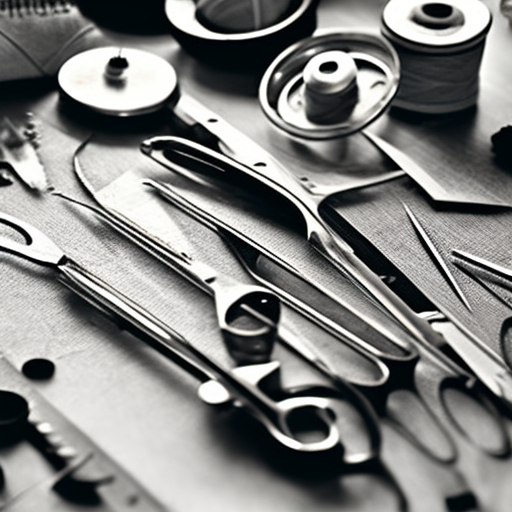
Great post! Very informative.
Gabe Allison: So helpful!
This is a great post providing an incredible amount of information about the many tools available for sewing. It’s clear a lot of effort went into researching and creating this article! Very impressive! #sewing #sewinghacks
Such an excellent resource for anyone interested in learning more about sewing tools! Highly recommended! #sewingtools #sewingknowledge